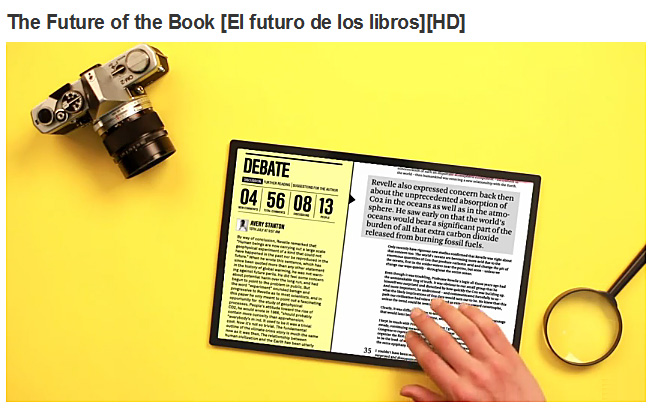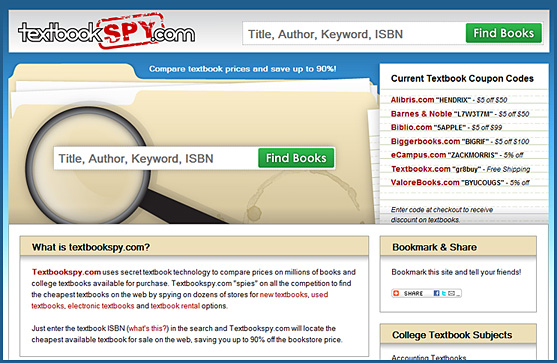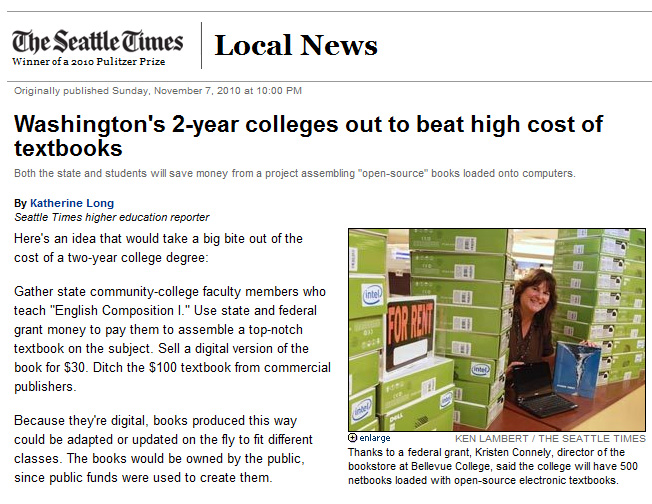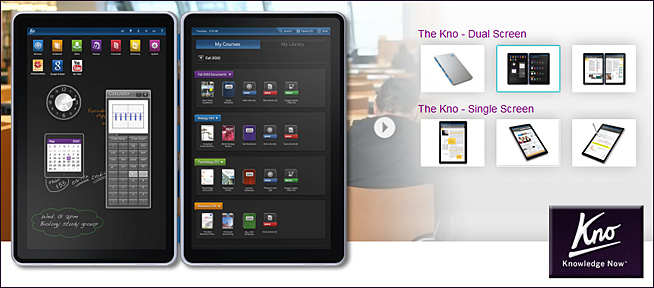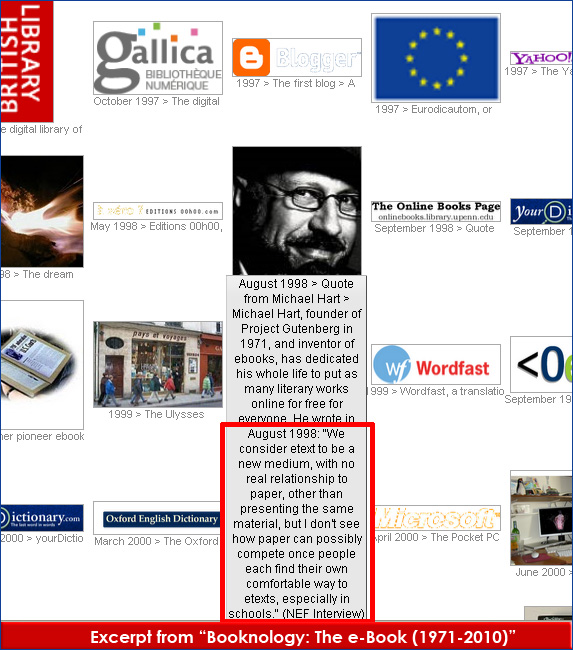The transformation of textbook publishing in the Digital Age — new business models — from Xplana by Rob Reynolds
Introduction
In April, we published a report on Digital Textbook Sales in U.S. Higher Education, in which we outlined sales for e-textbooks over the next five years based on current trends and variables. This series — The Transformation of Textbook Publishing in the Digital Age — provides an in-depth look at textbook publishing in Higher Education, and offers a roadmap for evolution and profitability in the industry. In this first installment, we will discuss New Business Models. In subsequent installments, we will explore New Product Models, New Authoring Models, and New Production Workflows.
My goal with this series is neither to extol nor criticize the textbook industry, but rather to provide an understanding of the business as it exists today, and to offer a digital success strategy for the companies that comprise that industry. By doing so, I hope to lay the groundwork for our subsequent summer series on The Transformation of Learning Systems, and The Transformation of Learning Content.
Strategies for New Business Models for a Digital Age
The majority of this post has been about existing practices and product/business models in the textbook publishing world. These practices and models are based on a print-centric paradigm that will be outdated within three years, and are also the result of old assumptions about Higher Education and learning in general.
While the path to digital transformation will be unique for the different publishing companies, there are some constants that will be part of any successful plan for Higher Education learning content in the coming years. The surface chatter will continue to be about e-textbooks — reaching 18%-20% of the new textbook market by 2014 — but the strategies that drive success will all take the following elements into consideration.
- The Disaggregation of Content — Future profitability will be incumbent on publishers’ ability to conceive of and produce meaningful content at a more granular level and disaggregated from the notions of textbooks. It is not that they should produce less or different content, necessarily, but rather that content must become agile, malleable, and designed to be mashed up easily by customers — institutions, instructors, and students. This means thinking at the key concept or learning objective level. It also means arriving at new revenue streams that are also disassociated from textbooks and ISBNs.
- A Focus on Lifelong Learning — New estimates have social media sites accounting for two-thirds of U.S. Web traffic withing five years. This growth and dominance is related to a sense of personal connectedness and long-term residence that users associate with such sites. Textbook publishers must find ways to move past outdated notions of students and instructors bound within narrow windows of consumer opportunity, and learn to embrace lifelong learning and see every adult citizen as a potential customer.
- Embracing Self-Publishing — In the new world order of business in publishing, self-publishing will be a primary avenue for partnership and revenue. And unlike the stigma associated with self-publishing in trade fiction, the educational content market already recognizes self-published content as valuable and embraces it. In the future, textbook publishers should plan on abandoning much of their current content authoring model in favor of aggressive self-publishing services. This will lead to broader partnerships throughout the educational community as well as to more sustainable models for revenue.
- Partner with Open Content — Make no mistake about it. Open content and open educational resources (OERs) will become leading alternatives to proprietary textbooks for at least 25% of the Higher Education market within five years. There are many services than can be offered around OERs and there is great value in mapping OERs to existing publisher content. Textbook publishers must take advantage of this opportunity to make their content and services more relevant, or they will see the value of their businesses diminish.
In next week’s installment, I will discuss specific new product models that textbook publishers will need to embrace in order to remain competitive in the coming years.









